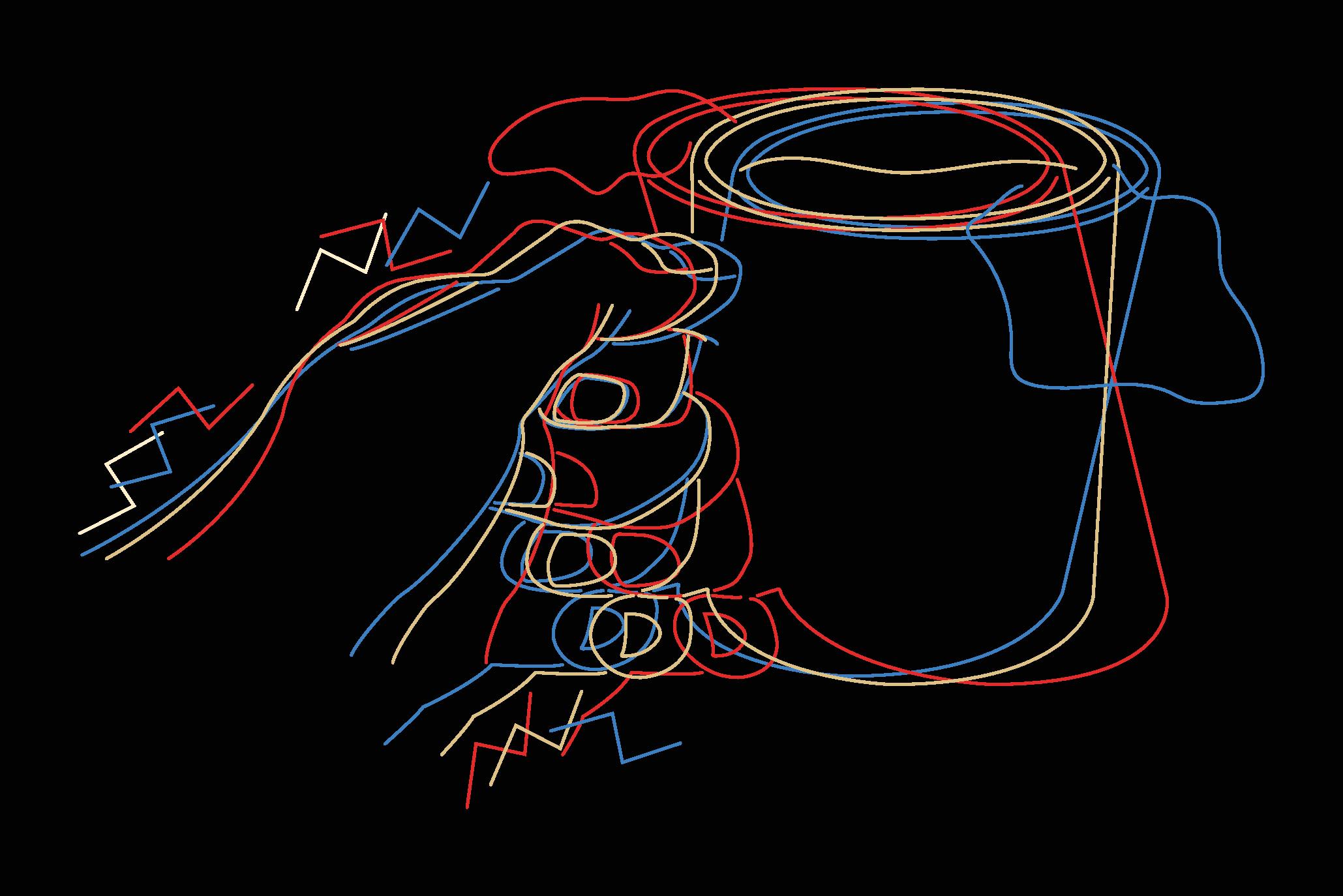Top Guidelines Of Caffeine Addiction is a Telling Glimpse into the Pattern of


The Ultimate Guide To Overcome Caffeine Addiction: The Most Effective, Permanent Solution To Finally Cure Tea And Coffee Addiction For Life ( Caffeine, Coffee Addiction, Caffeine Addiction Cure) - Kindle edition by
All About Caffeine Addiction and Abuse - Get Help Today - Rehab Spot

This mix of drugs is harmful enough that the United States FDA considers alcoholic energy beverages unsafe and prohibits their sale. While such beverages can be gotten in some other nations, their usage is ill-advised, as is blending energy drinks and alcohol. The drugs threaten mostly because stimulants counter many, although not all, of the apparent indications one has drunk excessive alcohol (a depressant).
The effect of taking a stimulant with a depressant produces a "push-pull" impact on the body, not unlike a speedball. While Found Here is undoubtedly a mild stimulant, it can be very harmful if an individual consumes too much alcohol as the stimulant effects diminish. There is a much higher risk that they will inadvertently experience alcohol poisoning, perhaps overdosing on alcohol and having their breathing precariously slowed or perhaps stopped.
Some Ideas on The Pros and Cons of Caffeine in Addiction Recovery You Need To Know
What is caffeine? Caffeine is the stimulant in your coffee, tea, chocolate and soda that reduces tiredness, increases awareness and provides you a boost of energy. It can also trigger sleeping disorders, headaches, dehydration and high blood pressure, if you're not careful. For numerous, caffeine is a tool to help them wake up, perk up and focus.
/what-to-expect-from-caffeine-withdrawal-21844-v1-5c521bb246e0fb000180a7ec.png)
How To Tell if Your Caffeine Addiction Has Gone Too Far - Caffeine Withdrawal
Caffeine is a white, bitter compound that's discovered naturally in over 60 plants, consisting of coffee beans, tea leaves and cacao pods that are used to make chocolate. The U.S. Fda (FDA) considers caffeine to be both a food additive and a drug. The amount of caffeine in your food and beverage varies.

Is caffeine addiction a sin? - 412teens.org
Facts About Caffeine Addicts Anonymous - 12 Step Support Group for Uncovered
Coffee can have as little as 2 milligrams of caffeine (decaf coffee) per cup, and as much as 200 milligrams per cup. Your typical tea has about 40 milligrams of caffeine, however it can range from nine to 110 milligrams. Twelve ounces of soda pop/soft beverage generally has 30 to 60 milligrams of caffeine.
What impact does caffeine have on the body? Caffeine passes into your blood stream from your stomach and little intestine. When in your blood stream, caffeine promotes your main nervous system your nerves, brain and spine to make you feel more awake and alert. Caffeine minimizes tiredness and enhances focus and concentration.
